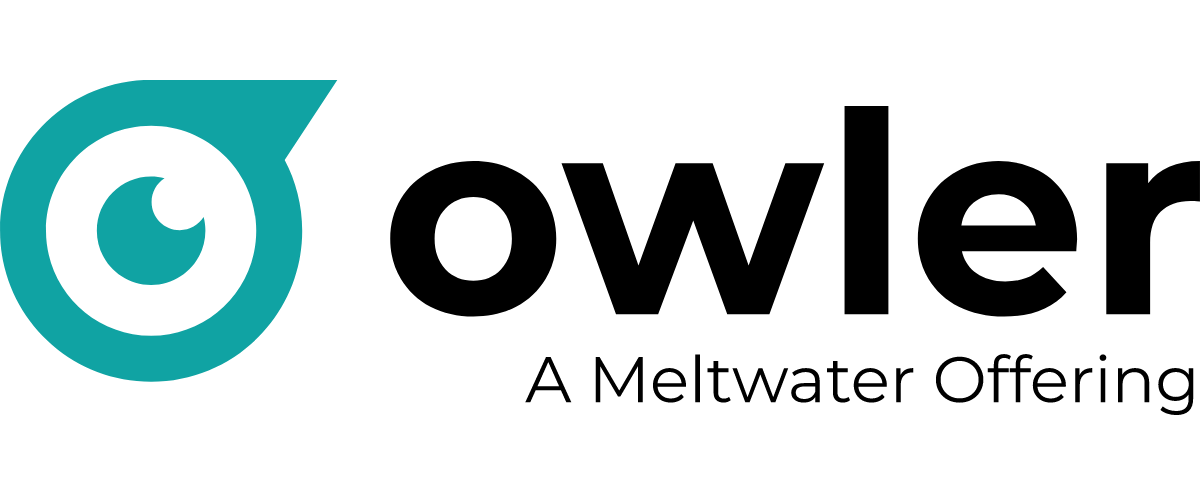Innovative Approaches to Selling for SDRs ft. Thibaut Souyris
Thibaut Souyris is the CEO and founder of Sales Labs, where he trains and coaches tech salespeople to start more conversations, book more meetings, turn those meetings into opportunities, and then close them. He does this through online courses, LinkedIn thought leadership, a newsletter and the B2B Sales Podcast.
Tell us about the start of your career and how you got to the place you are currently.
Souyris started his sales career at the age of 15. Determined to become a pilot, he covered the cost of a private pilot license by selling his cleaning services to private airplane owners in Switzerland. Years later, he would start his own business and in his words, “fail miserably.” Despite experiencing some failure Souyris developed his career. He moved to Germany and became an account executive for a company where he grew the French market. These days, he’s training people on the very subject of growing markets.
What are some cross-cultural differences you notice among sellers?
Acknowledging that there could be some generalization involved, Souyris says he’s noticed a different approach to work among his clients in North America than that of his clients in Western Europe and EMEA.
On quiet quitting, Souyris says: “The way people see work in the U.S. it’s just very normal to work a ton. And there's this concept of ‘quiet quitting.’ You may have heard of that where you just do what you're paid to do. And in France, it's just how people do, how people work. You never go above. You just do whatever you're paid for. And if people ask you to do more, you ask for being [sic] paid more. So there's different ways you approach that.”
Other examples of differences he notices among clients in different regions are:
Cold calling works well in the U.S. as opposed to Germany where he says people will typically mention privacy and GDPR.
Decision-making in France is based on one or two people making decisions, whereas Nordics often make decisions as groups.
What are some advantages of prospecting existing customers, and do you have advice for how SDRs should approach this?
When he started selling, Souyris had a hard time upselling or selling to existing customers because he thought they’d exhausted their budgets. He suggests instead to have conversations with people who are already existing customers.
A simple way to do that is to send a thank you note with two points. He suggests something like this:
“[Client], I just wanted to thank you for working with us. It means a lot for us that we're able to work together and that you trust us for our sales training.”
“Do you know of anyone either inside or outside your organization that could benefit from what you are experiencing with us? If that's the case, just forward them this email.”
Souyris has found that when you ask the second point, people often point you to someone they know either internally or outside of their company. He cautions against selling to everyone you can, suggesting a more intentional approach instead that focuses on identifying specific problems.
What are your thoughts on leveraging AI as part of your workflow, and do you have any examples of how you’ve used it for sales?
Calling the AI model revolutionary for salespeople, Souyris says, “I use AI and specifically ChatGPT every day, both for selling, prospecting, and managing my business.” He goes on to say, “You can really do the same amount of work that you were doing before or the same outcome with a fraction of the work.”
A valuable tip Souryris shares for using ChatGPT as a salesperson is to use templates or frameworks of messages that work really well to build a cold email or a sequence. Then train ChatGPT on what a good framework looks like and apply it to your own scenarios.
Souryis is a fan of personalization, saying that doing research on a LinkedIn profile can be boring. He finds it more useful to save profiles as a PDF, and copy and post the information to incorporate into a prompt.
“It's a very useful tool. It's also a bit overwhelming for most people because it's just an empty chat box and you don't know what to say.”
The key to better results for Souyris is engineering your prompts. A bit of a ChatGPT evangelist, Souryis even identified use cases for someone who wants to communicate with their boss about a promotion.
“One thing that's very important is to be able to understand who's the decision maker, who's the person who's going to be able to say, I have a budget to actually promote this person to an AE and also have the need to understand these people, understand what they're trying to do, and then understand all your influencers.”
Could you share advice for SDRs looking to move to a more senior role?
“So all the people – maybe your colleagues – will help you. They're going to say, ‘Hey, Aisha, really killing it always showing up at work, working really hard.’ So they have to be able to do that, and then the champion, who's the person who's going to champion your move.
For those people who are afraid that AI will replace them, Souryis doesn’t think that is going to be the case. “It's more people who are using AI will replace people who are not.”
Another advantage Souyris points out about ChatGPT is that its learning curve is faster than a human's. This can help you with efficiency and finding use cases regularly.
Getting in Touch With Thibaut Souyris
You can follow Thibaut Souyris on LinkedIn where he often shares tips. He also has a newsletter called Tactical Selling that goes out on Thursdays and offers online courses including the AI Outreach System.

